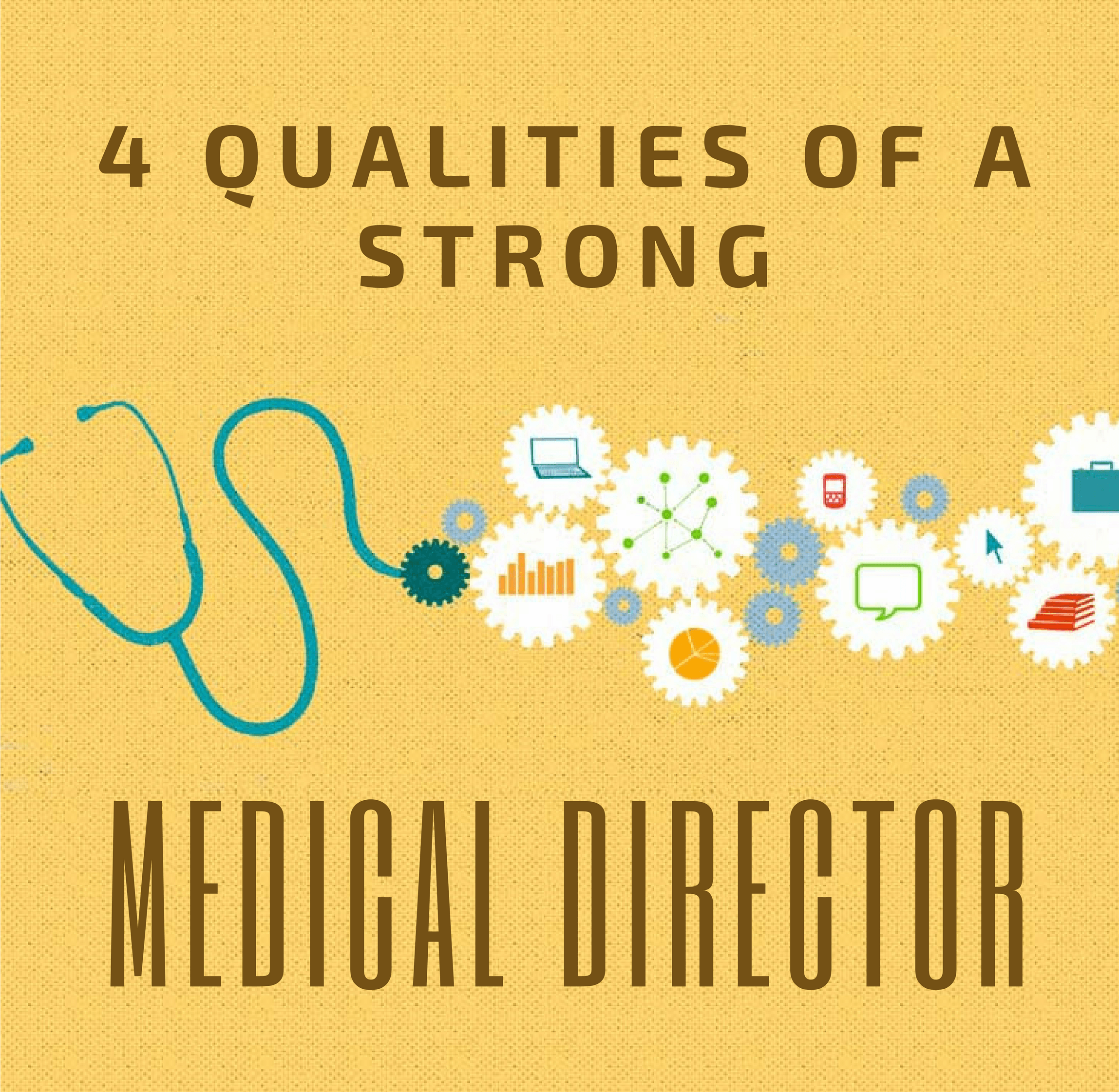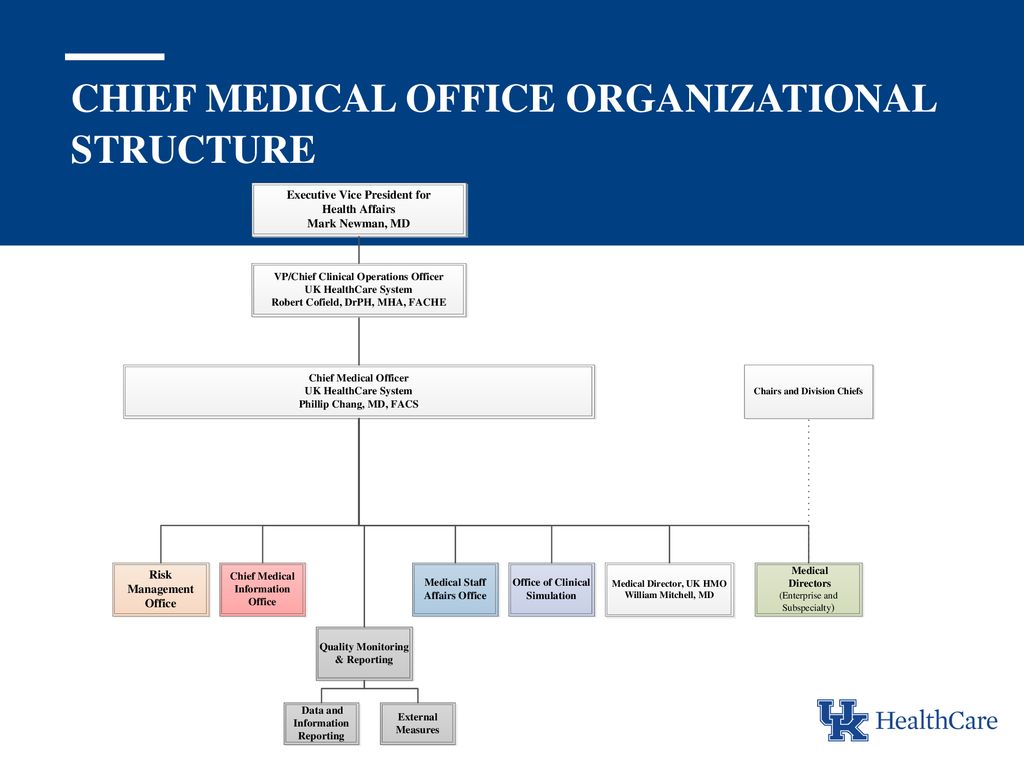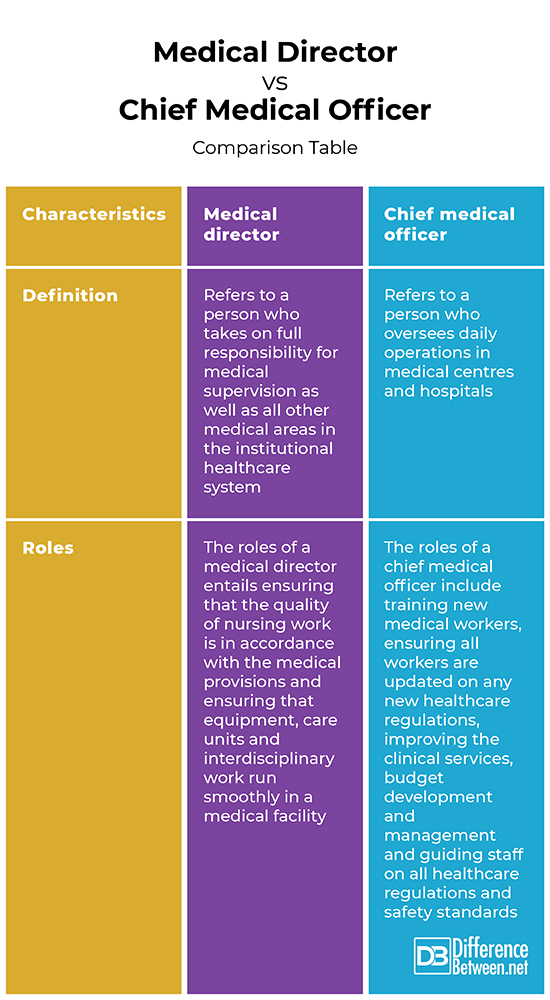Difference Between Medical Director and Chief Medical Officer
Doctors are among the most pivotal person in society. Their ability to diagnose and treat conditions not only benefits patients on a personal level but also on global level. However, there are various terms thrown around, which most people generalize as a doctor, a person who treats illnesses. However, these have different meanings and roles in the medical field. In this article, we will look at the difference between a medical doctor and a chief medical officer.

Who is a Medical Director?
A medical director is a person who takes on full responsibility for medical supervision as well as all other medical areas in the institutional healthcare system. Medical directors ensure that the quality of nursing work is in accordance with the medical provisions, ensure equipment, care units and interdisciplinary work runs smoothly in a medical facility. A medical director must possess fairness, responsibility, professionalism, respect, integrity and mindfulness values. He or she also so ensures that guidelines and protocols are in place for the entire clinical staff.
While medical doctors work in every health service settings such as hospitals, long-term care facilities and healthcare groups, they do not have direct contact with patients. To be eligible for the role of a medical director, a person needs relevant education, certification, training and clinical experience.

Who is a Chief Medical Director?
This is a person who oversees daily operations in medical centres and hospitals. Their role involves ensuring a hospital runs smoothly through hiring, training, ensuring all workers and patients are comfortable as well as ensuring the hospital budget does not exceed the set limit. Chief medical directors do not treat patients in their deployment stations.
Other duties include:
- Training new medical workers
- Ensuring all workers are updated on any new healthcare regulations
- Improving the clinical services
- Budget development and management
- Guide staff on all healthcare regulations and safety standards
To be eligible, a Chief medical officer needs the relevant medical qualifications, certifications, valid medical license, medical experience, interpersonal and leadership skills.
Similarities between Medical director and Chief medical officer
- Both do not directly deal with patients
Differences between Medical director and Chief medical officer
Definition
A medical director is a person who takes on full responsibility for medical supervision as well as all other medical areas in the institutional healthcare system. On the other hand, a chief medical officer refers to a person who oversees daily operations in medical centres and hospitals.
Roles
The roles of a medical director entail ensuring that the quality of nursing work is in accordance with the medical provisions and ensuring that equipment, care units and interdisciplinary work run smoothly in a medical facility. On the other hand, the roles of a chief medical officer include training new medical workers, ensuring all workers are updated on any new healthcare regulations, improving the clinical services, budget development and management and guiding staff on all healthcare regulations and safety standards.
Medical director vs. Chief medical officer: Comparison Table

Summary of Medical director vs. Chief medical officer
A medical director is a person who takes on full responsibility for medical supervision as well as all other medical areas in the institutional healthcare system. On the other hand, a chief medical officer refers to a person who oversees daily operations in medical centres and hospitals. Both work in managerial roles in healthcare institutions and do not directly treat the patients.
- Difference Between Profit Center and Investment Center - July 2, 2022
- Difference Between Anti-Trust and Anti-Competition - June 6, 2022
- Difference Between Stocktaking and Stock Control - June 6, 2022
Search DifferenceBetween.net :
Leave a Response
References :
[0]United States. Air Force Medical Service. Digest. Office of the Surgeon General, 2013. https://books.google.co.ke/books?id=LFUKA-JBQToC&pg=PA36&dq=skills+of+an+effective+Chief+medical+officer&hl=en&sa=X&ved=2ahUKEwiV9Ivg577wAhVnAGMBHY0uCR0Q6AEwAXoECAEQAg#v=onepage&q=skills%20of%20an%20effective%20Chief%20medical%20officer&f=false
[1]Council on Graduate Medical Education (U.S.). Physician Education for a Changing Health Care Environment: Council on Graduate Medical Education Thirteenth Report. U.S. Department of Health and Human Services, Health Resources and Services Administration, 2011. https://books.google.co.ke/books?id=sxU5Dnce5f0C&pg=PA18&dq=skills+of+an+effective+medical+director&hl=en&sa=X&ved=2ahUKEwiz5Oj4577wAhWnBWMBHSK7D1IQ6AEwAHoECAMQAg#v=onepage&q=skills%20of%20an%20effective%20medical%20director&f=false
[2]U. S. Department of Homeland Security, U. S. Fire Administration. Handbook for EMS Medical Directors (March 2012). FEMA, 2019. https://books.google.co.ke/books?id=g-Is5XNF5dwC&pg=PA21&dq=skills+of+an+effective+medical+director&hl=en&sa=X&ved=2ahUKEwiz5Oj4577wAhWnBWMBHSK7D1IQ6AEwAXoECAAQAg#v=onepage&q=skills%20of%20an%20effective%20medical%20director&f=false
[3]Image credit: https://slideplayer.com/slide/14523131/90/images/2/Chief+Medical+Office+Organizational+Structure.jpg
[4]Image credit: https://hcrnetwork.com/wp-content/uploads/2016/09/Medical-Director.png
